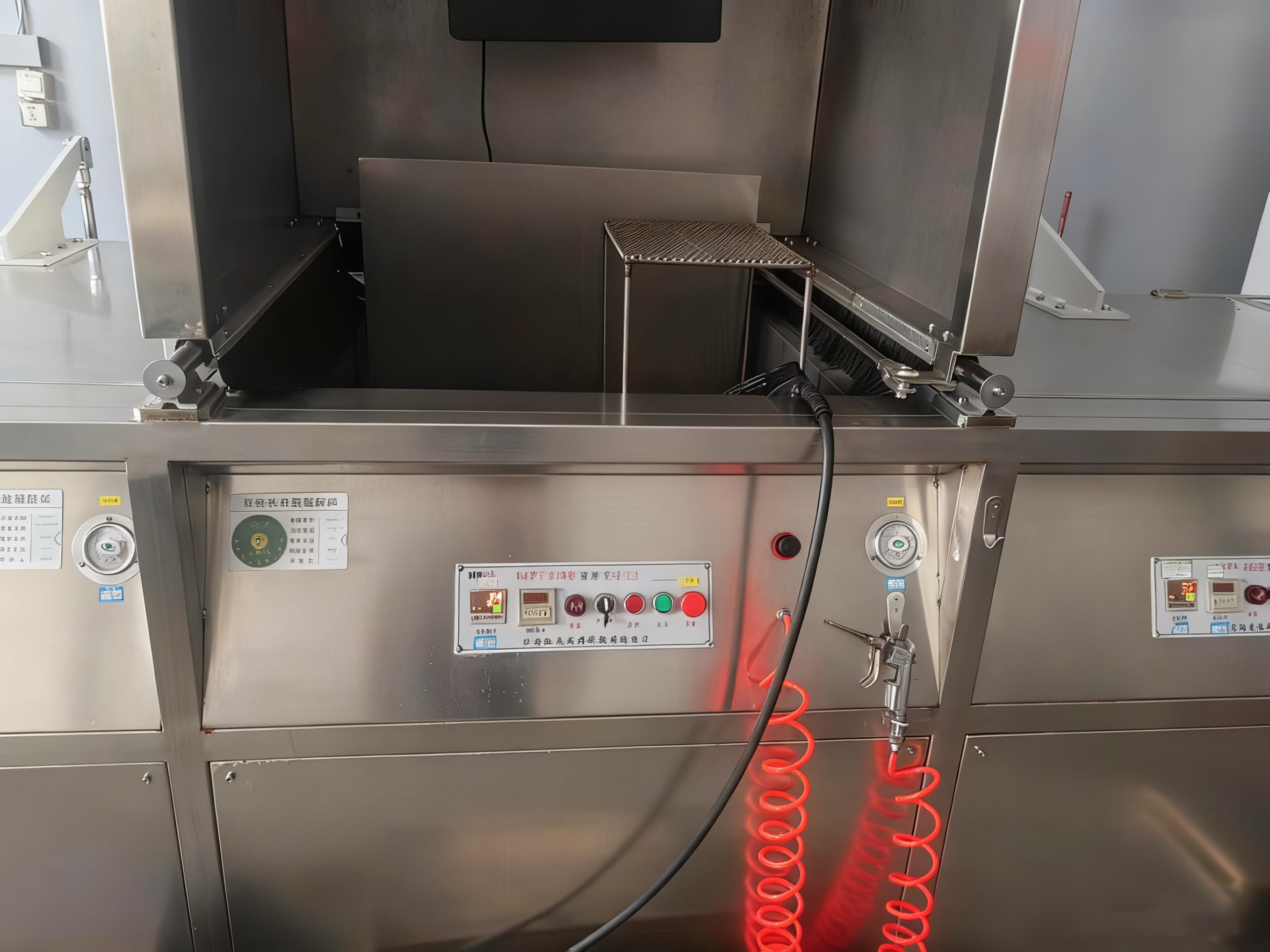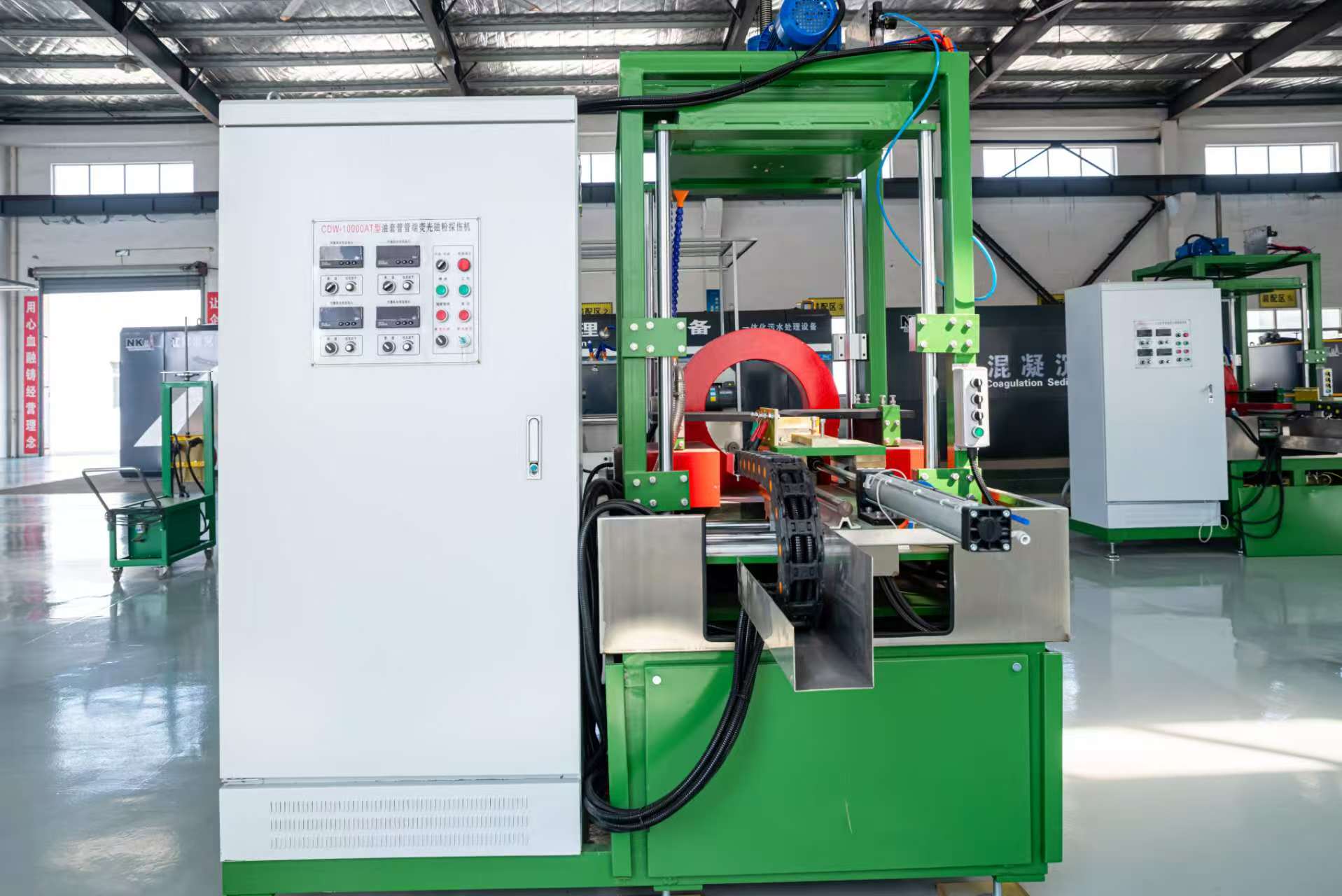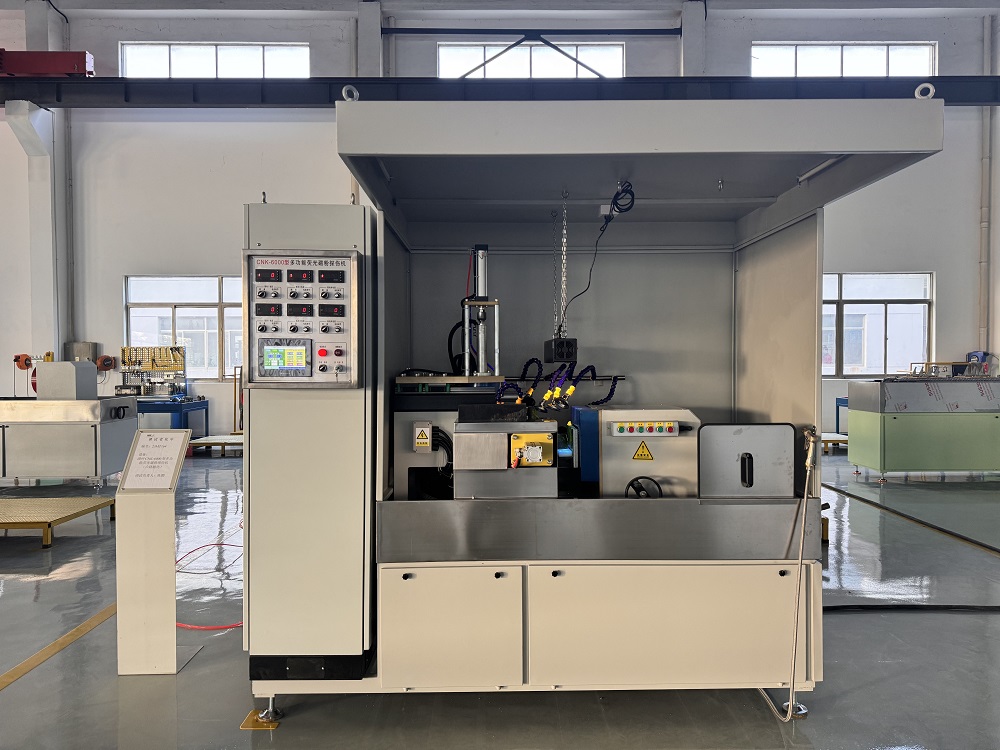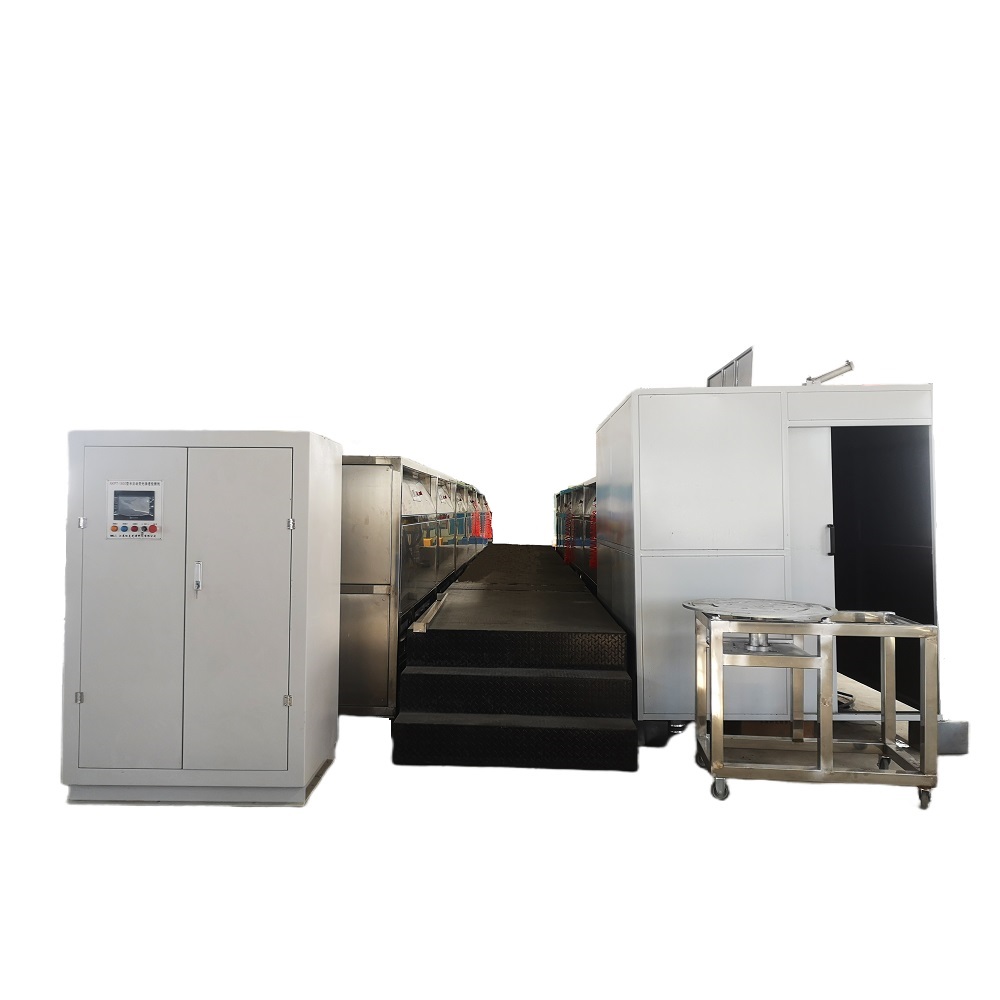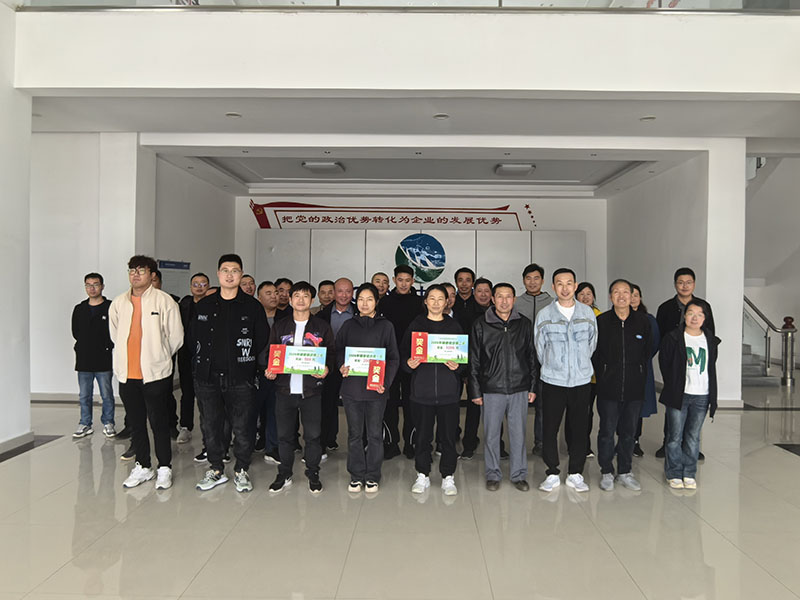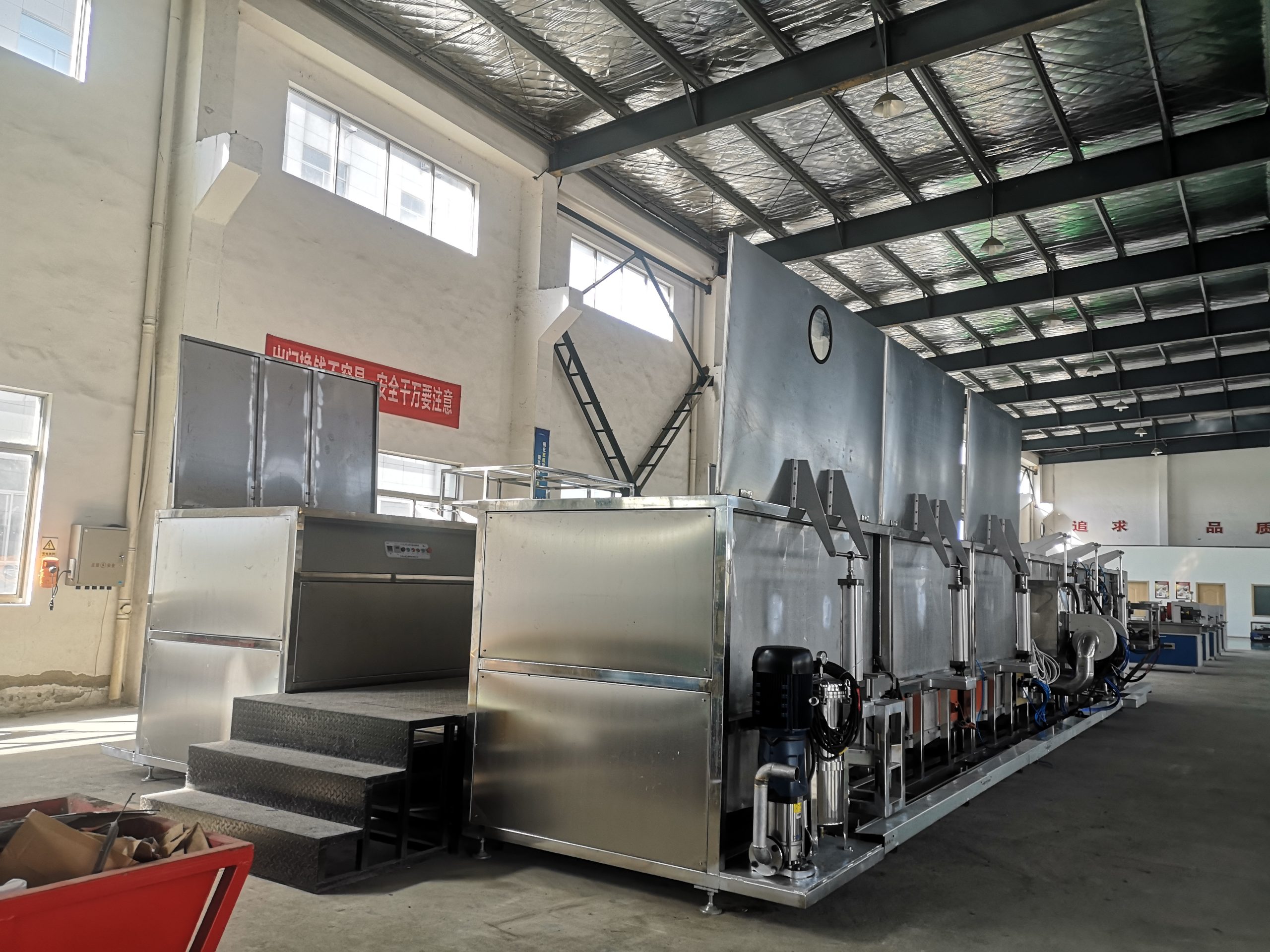
Fluorescent Penetrant Inspection Line Applications: What Parts Can Be Tested?
In modern industrial manufacturing, ensuring the quality and integrity of products is crucial to maintaining safety and reliability. One of the most effective non-destructive testing (NDT) methods used for surface flaw detection is fluorescent penetrant inspection (FPI). This method uses a special fluorescent penetrant liquid to detect even the smallest cracks, pores, and other surface defects in various materials. In this article, we will explore the fluorescent penetrant inspection line applications and the types of parts that are most suitable for this testing method.
1. Metal Parts
Metals, especially high-strength alloys, are commonly used in industries such as aerospace, automotive, energy, and construction. The fluorescent penetrant inspection line is extensively used for testing metal parts, offering high sensitivity to surface defects. Some key metal parts that benefit from this testing method include:
-
Aerospace Components: Engine parts, fuselage components, and landing gear are subjected to extreme stress and temperature variations. Even the smallest crack or defect can lead to catastrophic failures. FPI ensures that these critical parts meet safety standards by detecting hidden defects before they cause any issues.
-
Automotive Parts: Engine blocks, brake discs, wheels, and suspension components all experience mechanical stress and thermal cycling. FPI helps manufacturers detect surface cracks or other defects that may compromise the performance or safety of vehicles.
-
Pipes and Valves: In industries such as oil and gas, the integrity of pipelines and valve systems is paramount. Fluorescent penetrant inspection line applications help detect microcracks or stress corrosion cracks, preventing leaks or failures in critical infrastructure.
2. Non-Metallic Parts
While FPI is predominantly used for metals, it is also applicable to non-metallic materials such as ceramics, plastics, and composites. These materials, especially in high-performance applications, require stringent quality control. The fluorescent penetrant inspection line is well-suited for detecting surface flaws in the following non-metallic parts:
-
Ceramic Components: High-temperature ceramics used in turbines, industrial furnaces, and medical devices can develop surface cracks or porosity during manufacturing. FPI detects these flaws, ensuring the reliability of the ceramic parts in demanding applications.
-
Plastics and Composites: Advanced polymers and composite materials are used extensively in aerospace and automotive industries. FPI can identify surface cracks or inclusion defects that may arise during molding or machining processes, improving the overall quality of plastic and composite components.
3. Casting Parts
The casting process is widely used in metalworking, but it can lead to defects such as porosity, shrinkage, cold shuts, and cracks. Fluorescent penetrant inspection line applications provide a reliable method for detecting surface flaws in cast parts, which include:
-
Cast Iron and Aluminum Components: During the casting of parts like engine blocks and manifolds, defects such as air pockets or shrinkage cavities can form. FPI detects these surface imperfections, ensuring the structural integrity and performance of the final product.
-
Steel Castings: Steel castings, used in industries like heavy machinery and construction, often undergo severe stress and thermal cycles. Fluorescent penetrant inspection lines ensure that cast steel parts are free of surface defects that could lead to failure under operational conditions.
4. Welds and Welded Joints
Welds are essential in many industries, but the welding process can introduce defects such as cold cracks, heat-affected zone (HAZ) cracks, or incomplete fusion. Fluorescent penetrant inspection line applications are ideal for detecting flaws in welded joints. This is particularly important for:
-
Pressure Vessels and Boilers: In industries like oil and gas, nuclear power, and chemical manufacturing, welded joints in pressure vessels and boilers must be free from defects to prevent catastrophic failure. FPI is used to inspect welded joints for cracks or porosity that could compromise safety.
-
Pipeline Welds: The welded joints in pipelines carrying oil, gas, or chemicals need to be thoroughly inspected. FPI ensures the integrity of welds, helping to avoid leaks and other safety risks in critical pipeline systems.
5. Aerospace and Nuclear Industry Parts
In high-risk industries like aerospace and nuclear energy, the smallest flaw in a part can lead to severe consequences. Fluorescent penetrant inspection line applications are critical in ensuring the quality and safety of these high-stakes components, which include:
-
Aerospace Parts: Components such as turbine blades, engine casings, and structural elements are subjected to extreme operational stresses. The FPI method helps identify minute surface defects that could affect the performance and safety of these critical aerospace parts.
-
Nuclear Reactor Components: Nuclear power plants rely on the integrity of components such as reactor pressure vessels, fuel rods, and steam generators. FPI is an essential tool for detecting surface cracks or degradation in these components, preventing potential failures and ensuring the safety of nuclear power generation.
Conclusion
The fluorescent penetrant inspection line is an indispensable tool for detecting surface defects in a wide range of parts across various industries. From metal components like aerospace and automotive parts to non-metallic materials such as ceramics and plastics, FPI offers high sensitivity, reliability, and non-destructive testing. Its applications are especially crucial in industries such as aerospace, automotive, energy, and nuclear power, where the safety and performance of components are critical.
By incorporating fluorescent penetrant inspection line applications into quality control processes, manufacturers can ensure the integrity of their products, reduce the risk of failures, and maintain safety standards. As technology continues to evolve, the applications of fluorescent penetrant inspection will expand, further enhancing the quality and reliability of industrial parts across the globe.


